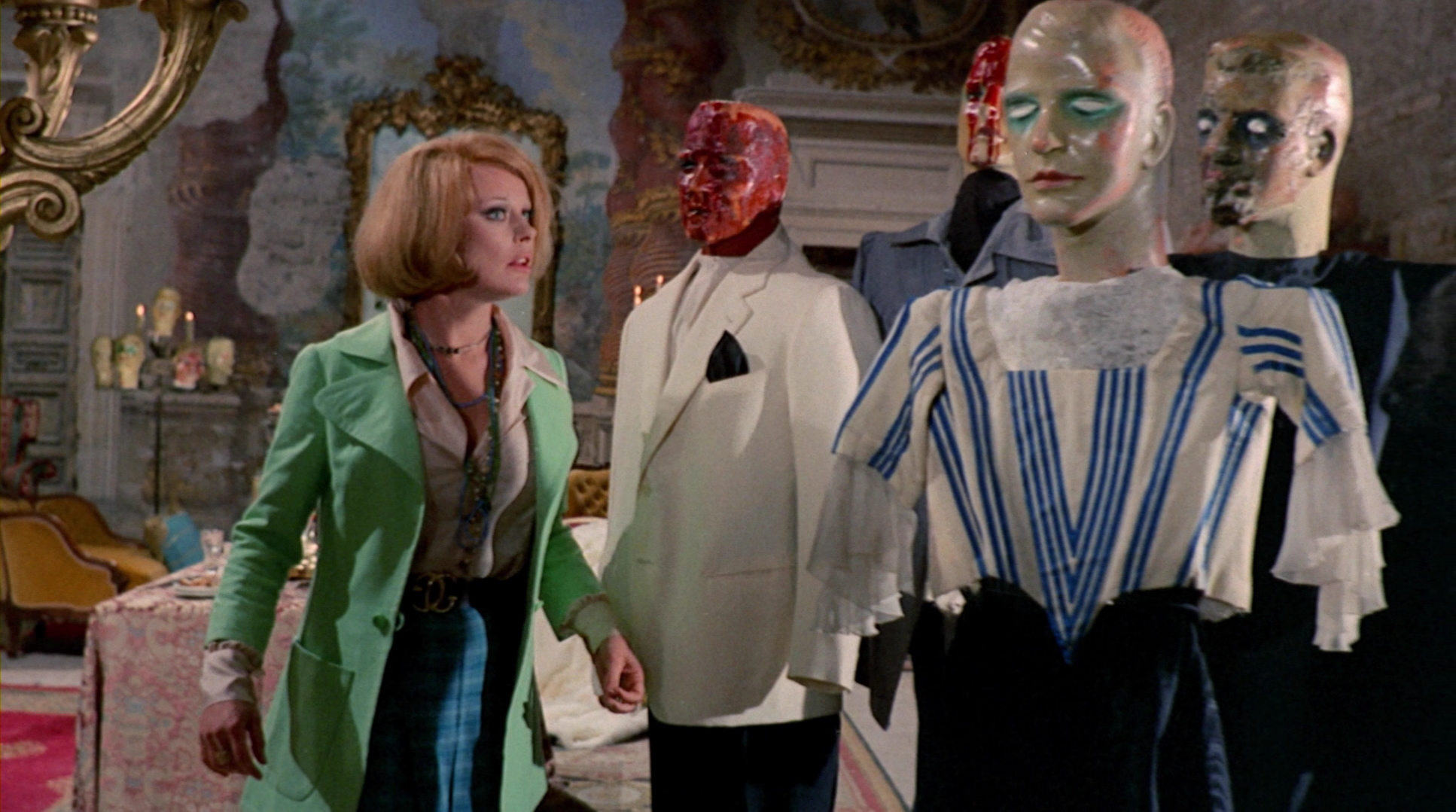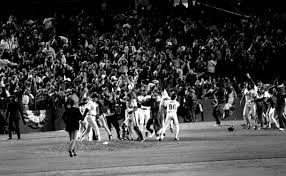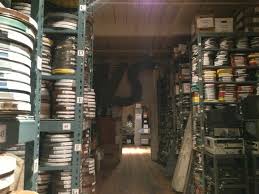Do films have to be watched in their entirety? Is that a heretical question even to ask? Is it cinema if you only watch half?
A friend and I were pondering this earlier today, perplexed that more people weren’t showing up for her online programming. That’s a model with structural constraints: solid internet connections, the appropriate time to carve out of busy schedules.
But it’s an enduring question, posited in different ways in different contexts. It really comes down to the question, “What is cinema?”
Nick Pinkerton’s excellent Sight & Sound piece, “The Great Levelling: ‘expanded cinema’ and the humbling of the movies” offers some thoughts. As it happens, this was published concurrently with some cinephiles’ enthusiasm for “The Movie Orgy”, director Joe Dante‘s snapshot ode to all the things he enjoys.

Pinkerton writes about the ways in which our experience of cinema has changed, partly attributable to new modes of production and reproduction, but also reflective of the modes of our engagement. “The screen” is not what it once was, and, as it turns out, “the screen” was never what it once was.

There is a fetishization of a particular variety of filmmaking and corollary critique that has come to dominate our notions of film. When David Ehrlich put Girl Walk // All Day on his “Best Of” list for the year, you could hear the distant cries (even though J. Hoberman said Game 6 of the 1986 World Series was one of the best cinematic events of the year 30 years ago).

It needs a screen to be a movie, no? And a big screen at that. And a plot, or imagistic structure, indebted to the anxieties and childhood remembrances of its creator. And almost certainly a white guy grappling with an existential quandary, perfectly framed, drawing on either impressionistic or expressionistic mechanisms, depending on the material, presented for committed viewers to mull over and discuss, hopefully over coffee or wine. Everything else is philistinism, targets for auteurs to rail against.
The Movie Orgy is a collection of interpolated clips, originally running 7 hours, a free-form assemblage of reference and visual association divorced from the supposed coherence of the roots that give it meaning. Yet fans are enthusiastic. Is this a different and more interesting approach, an oppositional counter-critique suspicious of narrative, or just a bunch of bullshit thrown at the wall for the short attention spans of easily distracted viewers with phones in their pockets?
The classic notions of cinephilia — the demands that one must pay full attention, that going outside to get high or making out in the back of the theater is a sin against cinema itself, that every work forms a coherent work of art, communicated from earnest filmmakers to the eager visual receptacles of polite viewers, desperate to parse the illusory meanings of its creation — seem more distant by the day. We pretend we’re in another time, but we’re not.
Pinkerton writes:
For most people, movies are experienced now as digital files of variable resolution viewed on an assortment of glowing rectangles of descending size, from the movie-sized screen to the living room flatscreen to the tablet to the phone – and on most of these multipurpose devices the ‘movie’ is just one of a bevy of entertainment options. While a revolution in viewing habits has taken place, film cultural discourse has lagged behind, mired in nostalgia for the days before the barriers fell. Among other things, this means that contemporary cinema is retrofitted to be understood according to a familiar narrative of cultural-critical history, so that there is an unbroken continuity between the Cahiers du cinéma moment of the mid-1950s and 2016, and there is always a new crop of geniuses hiding in plain sight, working craftily within the constraints of the Hollywood system, disrespected by the hoity-toity cultural gatekeepers, and Justin Lin is the new Anthony Mann, and it’s eternal summer in Paris as we emerge blinking from the rue d’Ulm Cinémathèque of our minds to relive and relive the Golden Age of Cinephilia.
But it’s gone, and we do ourselves no favors by failing to reflect on the kinds of artistic creation that define our own time. By all means, watch classic films (g-d knows I do). But let’s not imagine that we exist in a moment we do not. There are amazing things going on, and they need our attention. And not all of them originate in the west, much less on film.

Last Friday, I went to a screening of 16 and 35 mm prints at Oddball Films. It is truly ironic that the curators there use such prints to intervene in their presentation, but that’s the idea — a post-MST3K assemblage of news footage, pornography, and assorted oddities. It wasn’t the Movie Orgy, but I bet there were more penises.
The striking thing for me was the way in which rapidly vanishing modes of representation were incorporated, contrasted (via double projection), and made dangerous again. It wasn’t mere irony. It was reflective of the curatorial impulse, the archival spirit, willing to abbreviate things, screen shorts, show one movie on top of another. It was enormously entertaining and enlightening.
We don’t live in the age of auteurs, and there’s a good case that auteur theory has hurt us more than it’s helped. It’s heartening to know that, here and there, people are scrambling the code of authorship and narrative, creating new things through juxtaposition and manipulation of images.
We live in dangerous times, and, despite a collective horror, our films are far too safe. Renewed attacks on “cinema” are well overdue. We need a discursive insurgency. Cinephiles should be first in line.

